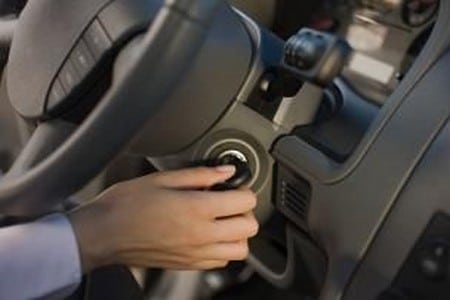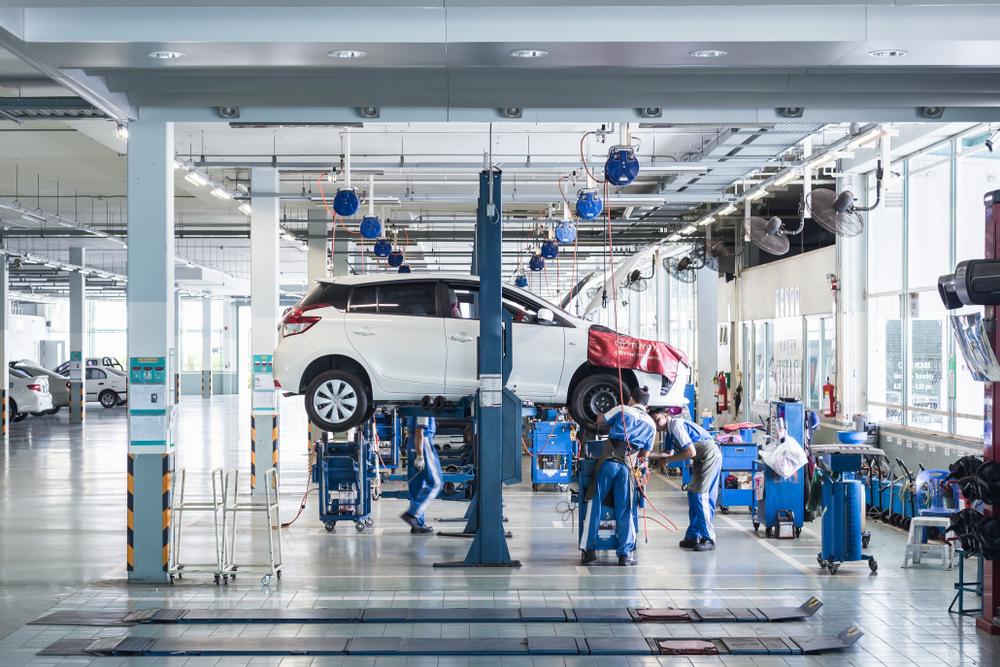Saying your tires are crucial to the safety and performance of your vehicle is likely one of the understatements of the year. To ensure the four tires on your car stay in great shape, they must be regularly checked and maintained.
With this in mind, here are four tips to help keep your tires as safe as possible and performing at their peak:
1. Perform Regular Rotations
Tire rotation is a lot like exercising — it’s something we know we should be doing, but don’t always set enough time. But just like being fit might help us live longer, performing regular tire rotations can extend the life of your tires and vehicle. In general, tires should be rotated every 5,000 to 8,000 miles — and failure to do so can cut the life of your tires in half.
Additionally, most tire manufacturers will not honor warranties if the tires aren’t regularly rotated on schedule. Getting your tires rotated isn’t overly expensive, and some installers will do it for free if you purchased the tires directly from them. But no matter how much you wind up spending, this small investment will come back many times over in the form of extended tire life and vehicle safety.
2. Ensure Proper Balancing and Alignment
If you notice one or more of your tires are wearing unevenly, it might be time to have all four balanced and the wheels aligned. According to Exchange.AAA, properly balanced tires last longer, vibrate less and make for a quieter ride. Tires should be balanced when they’re first installed and when a puncture is being fixed. When you purchase new tires, spring for the additional wheel alignment to ensure the tires wear evenly. Then, once you’re on the road, listen for any odd vibrations in the tires; if you hear anything, bring your vehicle in to have the tires rebalanced.
3. Check the Air Pressure
To optimize vehicle control, get the best fuel mileage possible and help your tires last as long as possible, they must be properly pressurized. As Tread Wisely notes, be sure to check the air pressure when the tires are cool. You can find the manufacturer’s recommended air pressure located on a sticker inside your car’s door jamb or in the owner’s manual.
Make sure to follow these steps: Remove the valve cap, take a tire gauge and press down on the valve stem of each tire; if the reading is too high, push on the metal stem in the middle of the valve with the tip of a pen to release air. If the reading is too low, immediately add air and then recheck the reading until it’s at the correct level.
4. Examine the Treads
Every time you drive, the tread on your tires gradually wears down. Over time, tires can become bald, which increases the chances of it going flat or you being in an accident. To ensure your tires have plenty of life left in them, examine your treads regularly and have a penny or quarter handy.
Brand new tires have a tread depth of around 10/32nds of an inch, which is about 1/3 of an inch. Once the tread wears down to 2/32nds of an inch, your tires are considered legally worn out. To check the depth of your treads, insert a penny into the tire grooves with Abe Lincoln’s head facing down. If you can see the top of Honest Abe’s head, the tires are at 2/32nds of an inch or less, meaning you should buy new tires right away.
If you do the same trick with a quarter, using George Washington’s noggin as a guide, you can see if your tires have 4/32nds of an inch or more left. This may be the more prudent approach, as you will know when your tires are “almost” worn out as opposed to totally bald and dangerous.
Regular maintenance prevents big time tire problems
Proper tire maintenance doesn’t have to be time-consuming. In fact, simply checking all four tires on a regular basis will only take a few minutes, and scheduling regular rotations and checking the air pressures should also be a quick process. By following these easy and important tips — and making tire safety a priority — your tires will last longer and keep you safe on the road.







